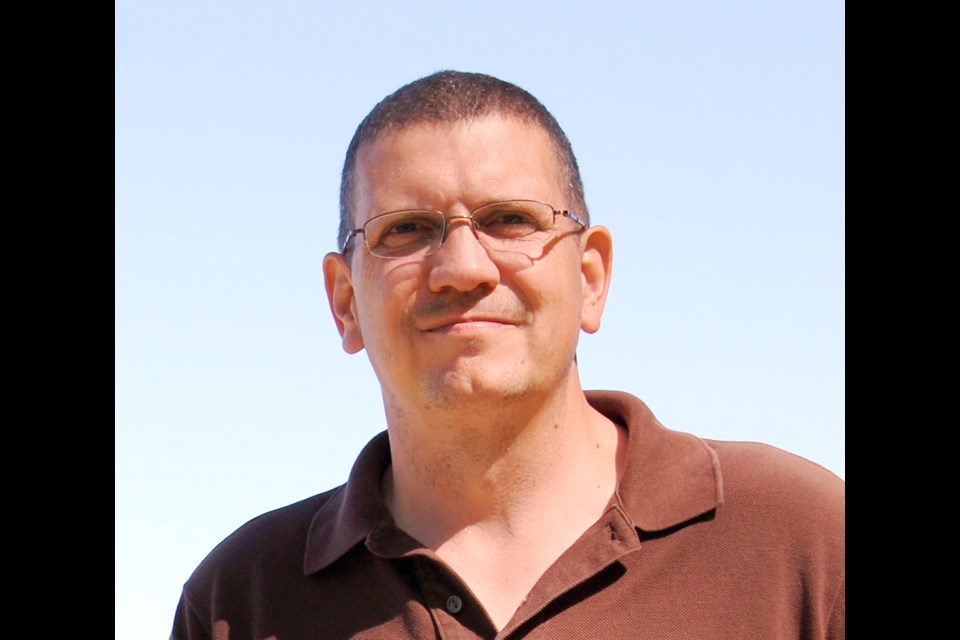B.C.’s Environmental Assessment (EA) process needs improvement and is not able to fully address the interests of First Nations, according to an expert.
“The EAO does a very good job with the tools it has, but the tool box has become a little bit sparse in recent years,” said Kevin Hanna, director at the UBC Centre for Environmental Assessment Research.
“I will be frank. Short of getting rid of it, I don’t know what she [Premier Christy Clark] could do to make it more predictable and more streamlined, because it is not a particularly onerous process in this province and the outcome is pretty certain,” he said. “It is almost always going to be ‘yes’ with some caveats, some conditions attached.”
Hanna said the EA process is about making projects better, not about stopping them.
Given the imperfect environmental assessment process in B.C., more First Nations are going to start developing their own environmental assessment processes, as the Squamish Nation has done with its independent assessment of the Woodfibre LNG proposal slated for Squamish, Hanna said.
However, the Ministry of Environment, which is responsible for the EA process, disagreed with Hanna’s assertions.
“The suggestion that the result of an environmental assessment ‘is almost always going to be yes’ ignores the number of projects that are either withdrawn from the environmental assessment process or become inactive – in many cases, the proponent makes the decision because they know their project is unlikely to receive an environmental assessment certificate,” a ministry spokesperson said through a statement.
According to the ministry, the EA office’s budget for 2015-16 is $11.6 million, up from $8.75 million in 2013-14.
The current Squamish Nation’s assessment process, especially bringing in external consultant Pottinger Gaherty Environmental, is a good example for other First Nations, in that the consultants can offer expert advice and guidance with what can be a “deluge” of information about a project, Hanna said.
The Squamish Nation released 25 conditions in July that would have to be met in order for the Woodfibre LNG and associated FortisBC liquefied natural gas proposals to get the Nation’s approval. Subsequently both proponents paused their EA processes to address the conditions. The Woodfibre LNG process was resumed last week, while FortisBC’s process remains paused.
Hanna said although some Squamish Nation members may be outright opposed to a project, saying yes or no may not be in their best interest. Rather, the conditions may be in First Nations’ best interest, he suggested.
“If they say ‘no’ to it, does that put them in a position where that no gets tested and then they lose control over the conditions of approval… and the economic benefit?”
Squamish Nation hereditary Chief Ian Campbell said he feels the eyes of the country on the current Squamish Nation environmental process.
“There is certainly a lot of attention towards our Squamish assessment and it really is an exercise of our authority and of our self-governance over our territories,” he said. “I think that if this goes successfully where we are able to put these conditions forward and able to speak with proponents and government and come to a conclusion that improves relationships, but also the protection of the Sound and the land, then I think a lot of people will be looking at that.”
“It is a huge task, but the impacts to our territory after 150 years of pollution-based economy, we’ve seen the toll that has taken on our way of life and on our economy, our spirituality and cultural connections to our territory, so we must correct that western trend that is very destructive, and it is largely removed spirituality from the vocabulary when it comes to that type of management or assessment, so we bring something in addition to the EA process that they generally don’t look at.”
The Ministry of Environment said that the province has a duty to consult and where required, accommodate First Nations whenever a decision or activity could impact Treaty rights or asserted or established aboriginal rights and title. “We know the importance of working with aboriginal groups in the environmental assessment process.”
Hanna said in addition to increasing resources to the EA office, the EA process could improve by expanding opportunities for public consultation.
While regulations require only one public comment period of 30 days during an environmental assessment, the practice of the Environmental Assessment Office is to hold at least two public comment periods, often for more than the minimum length, according to the ministry.
“The Environmental Assessment Office continuously reviews all of its practices, including our public consultation processes, and recently sought input from the public and stakeholders on opportunities to enhance our public consultation,” said the ministry.




